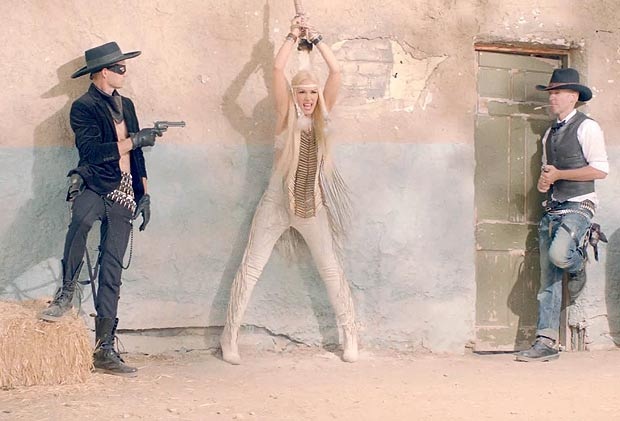Mirzoeff points out that the visualization of history is an "imaginary" process, one that creates a lifeworld that, for the visualizer, "manifests [an] authority" (2). This way of visualizing history must be constantly renewed in order to become naturalized. Visuality is not just “visual perceptions” but consists of a "set of relations combining information, imagination, and insight into a rendition of physical and psychic space" (3).
In my reading, I found myself focused on representations of the Hero as they morphed through these various complexes of visuality/countervisuality, from the individual Hero of the plantation complex, to the "abstracted and intensified means of ordering biopower" in imperial visuality (196). Today, as Mirzoeff notes, the chaos that the Hero was supposed to hold at bay has now become a necessity in legitimating counterinsurgency (282). Yet, representations of the Hero still exist, though very much abstract in some sense. From a US point of view, the abstracted (and typically racialized) image of "the terrorist" or "the insurgent" is contrasted with the image of the American Soldier as the moral personification of citizens' continued liberty (to consume, if nothing else). Abstraction of the American Soldier relies on an absence of relationship, in some sense, through what is seen – mainstream media outlets generally don't show much war action or "counterinsurgency efforts," though the rhetoric of heroism can still be "heard" or "seen" through propaganda and thanks to citizens themselves (obviously this has the potential to get seriously complicated, and I'm trying not to go too far down the rabbit hole). Yet, this image of the American Soldier/Hero is also made concrete in various ways (e.g. special television episodes of families reacting to the return home of a soldier). It seems to me that despite the high level of abstraction, on some level, of a "global insurgency" that demands a permanent state of war, the continued management of domestic populations depends on the continued concretization of the representation of a Hero of counterinsurgency. This helps to inspire the "love" (again, on a domestic, national level) required for the military-industrial complex to continue even as the visuality itself, as Mirzoeff notes, "can no longer fully contain that which it seeks to visualize" (282).
I too found it interesting the Mirzoeff mentions Orwell since, in addition to the discussion of war as a permanent state (leading to the Party slogan "War is Peace") and the quasi-acceptance of a heightened state of surveillance ("Big Brother is watching"), I started thinking about doublethink, the concept of being able to believe in two contradictory ideas at once. I am still processing this, but on a domestic level, some kind of doublethink needs to happen in order to have an awareness of the tactics that the "counterinsurgency" is taking to maintain its authority while at the same time still venerating not only individual heroes but also the Soldier as abstract Hero figure. (I realize I'm in a very US-centric train of thought, but I'm going with what I know.)
Questions:
1) Not sure if this will actually form a coherent question, but I'm interested in the relationships between counterinsurgency, counter-counterinsurgency (does that exist?) and available imagery. Mirzoeff says, "The sovereignty of the visualizer shifted ground so that authority was now derived from the ability to ignore the constant swirl of imagery and persist with a 'vision' above and beyond mere data" (292). We've talked about the ability to create counterpublics (Coombe) using various kinds of imagery, but I can only imagine how those counterpublics can be not seen (can something be "unseen" if we consider the ability of a large amount of "data" to overwhelm a "system" on an organic level?) in particular spaces like the Internet.
2) How is Mirzoeff defining "modernity" throughout this book? Perhaps I missed the part where he is explicit in his meaning. Is modernity a constant? What are its parameters?
As a final comment, my thinking about heroes led me to thinking about representations of the Hero in today's popular culture (a place I often go), and so I'm posting a clip that shows, I think, the sort of contrasting beliefs about heroes that we yet maintain. The clip is from a show called Firefly (created by Joss Whedon, lasted less than a season but now has a pretty large cult following).

 RSS Feed
RSS Feed
